Bush & People - 11 Days
Bush & People - 11 Days
This 11-day tour of northern Tanzania combines culture, wildlife, nature, and local life. On this trip, you go in search for the Big 5 in the Ngorongoro crater; you discover beautiful natural wonders like the pink Lake Natron; you meet local tribes like the Maasai and so much more! Travel is a great way to literally enlarge your world, but it’s even more amazing when the locals also benefit from it.
The focus of this trip is on community-based tourism. This means that the local population is involved as much as possible in tourism. The accommodations and activities included in this trip contribute to the local economy and development of the living environment. Together with a local English-speaking guide, who is also your driver, you will travel through Tanzania in a comfortable 4×4 car.
You will be introduced to the real life of the locals. Tanzania is home to more than 120 indigenous tribes, some of whom you will meet! The activities have been set up by the communities themselves. With this income, they can supplement their (livestock) farming and improve education and health care. After the safari you fly to the tropical island of Zanzibar for a cultural tour in magical Stone Town and a well-deserved rest at the white beaches of the Indian Ocean.Day 1: Transfer from the airport to Arusha
Day 2: From bean to cup: history of coffee
Day 3: Lion in trees? Yes, for sure, in Manyara National Park!
Day 4: A Day with the Maasai
From
$ 2475 per person
Included in the price:
- All transport mentioned in the program
- Game viewing in 4×4 Land Cruiser with pop-up roof, fridge, binoculars and charging points
- Services of a professional English-speaking driver guide
- Accommodation and meals as per itinerary
- Mineral water, coffee, and tea while on safari
- All Park, village, and concession fees
- Guided visit to a coffee plantation
- Guided visit to a Maasai village, tour with a Masai medicine man and sundowner
- Guided walk at Lake Natron and to the Ngare Sero waterfalls
- Guided visits to the Iraqw, Hadzabe and Datoga tribes
- Government taxes and levies
- AMREF Flying Doctors evacuation insurance
Not included in the price:
- Tourist visas $ 50 – 100 $
- Personal travel/medical insurance
- Optional activities not mentioned in itinerary
- Tips for driver guide and lodge/camp staff
- Any items of personal nature (laundry service, telephone/internet bills, souvenirs)
- Drinks during the meals
- International flights and departure taxes
Day 5: The isolated bizarre Lake Natron
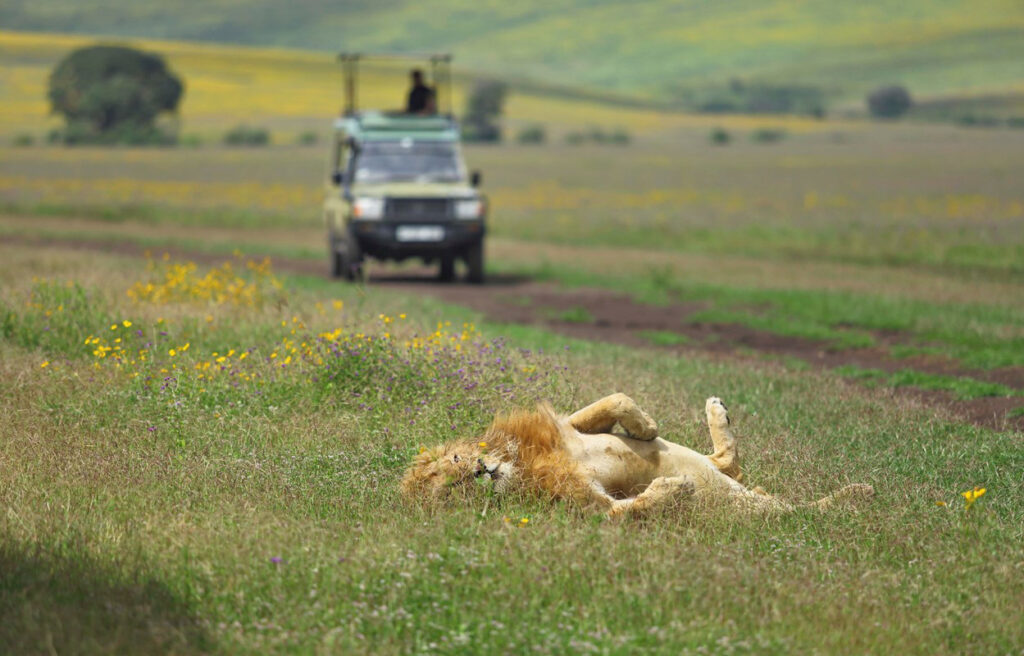
Day 6: An active day at Lake Natron
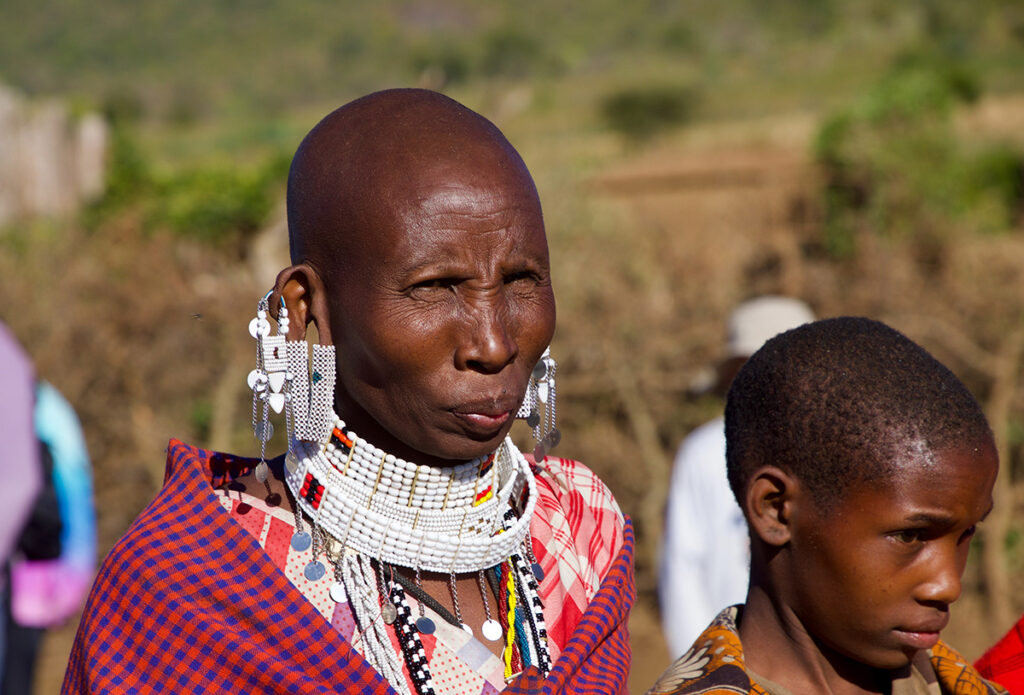
Day 7: Karatu and surroundings
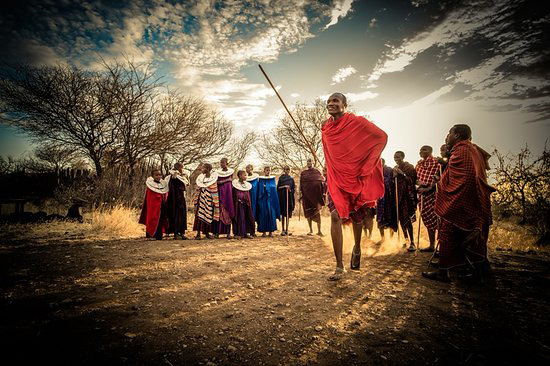
Day 8: Big Five in the Ngorongoro Crater
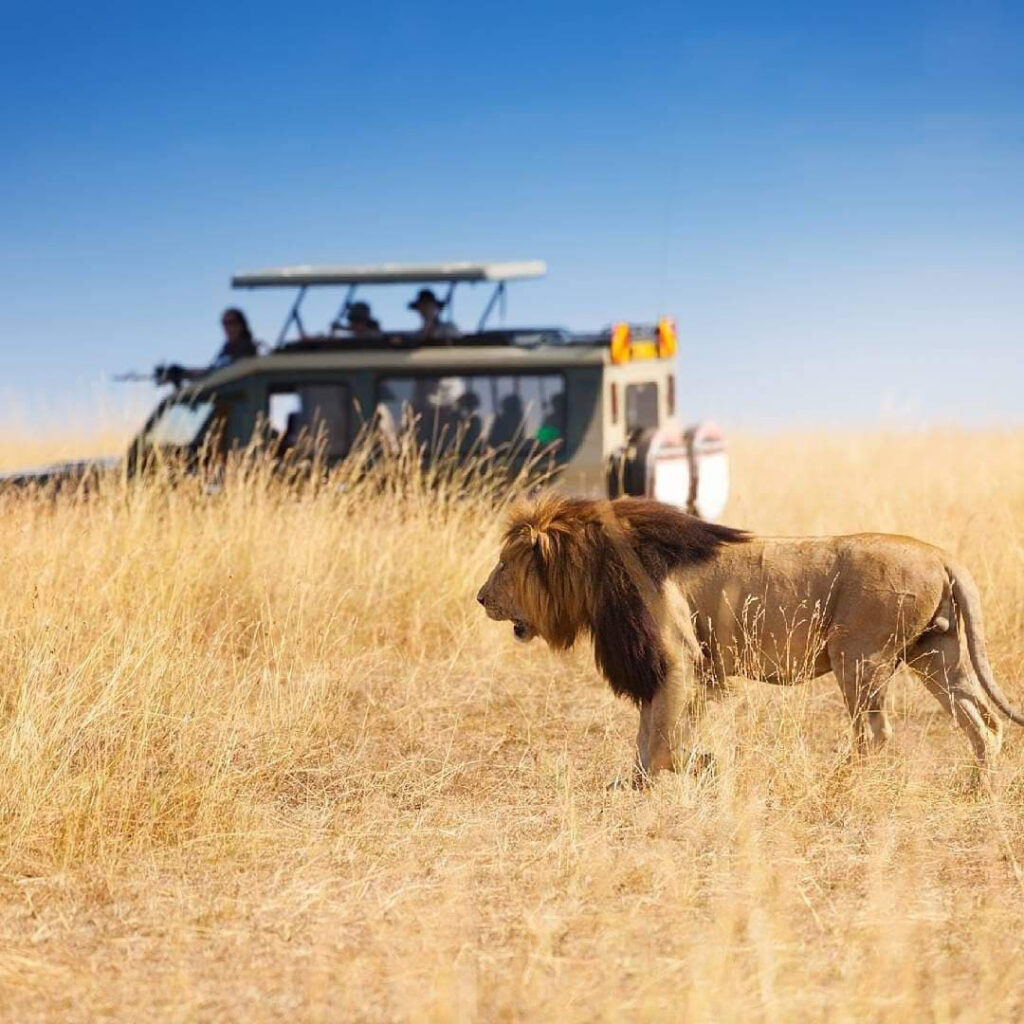
Day 9: Off the beaten track to the Eyasi plains

Day 10: The Hadzabe and Datoga, 2 primitive tribes
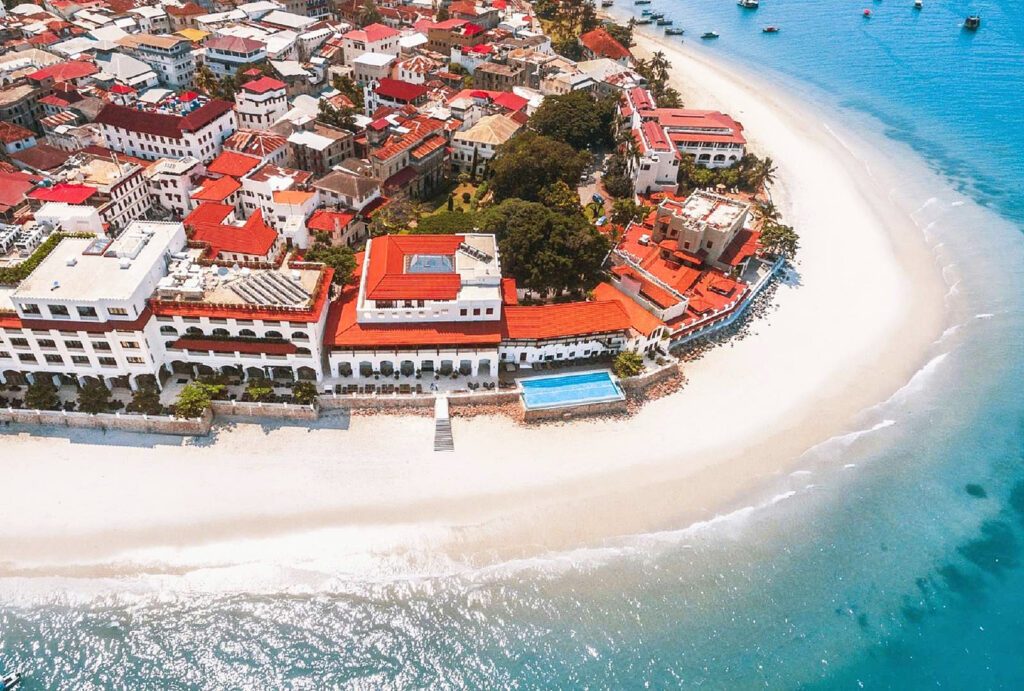
Day 11: Back to Arusha

From
$ 2475 per person
Included in the price:
- All transport mentioned in the program
- Game viewing in 4×4 Land Cruiser with pop-up roof, fridge, binoculars and charging points
- Services of a professional English-speaking driver guide
- Accommodation and meals as per itinerary
- Mineral water, coffee, and tea while on safari
- All Park, village, and concession fees
- Guided visit to a coffee plantation
- Guided visit to a Maasai village, tour with a Masai medicine man and sundowner
- Guided walk at Lake Natron and to the Ngare Sero waterfalls
- Guided visits to the Iraqw, Hadzabe and Datoga tribes
- Government taxes and levies
- AMREF Flying Doctors evacuation insurance
Not included in the price:
- Tourist visas $ 50 – 100 $
- Personal travel/medical insurance
- Optional activities not mentioned in itinerary
- Tips for driver guide and lodge/camp staff
- Any items of personal nature (laundry service, telephone/internet bills, souvenirs)
- Drinks during the meals
- International flights and departure taxes

